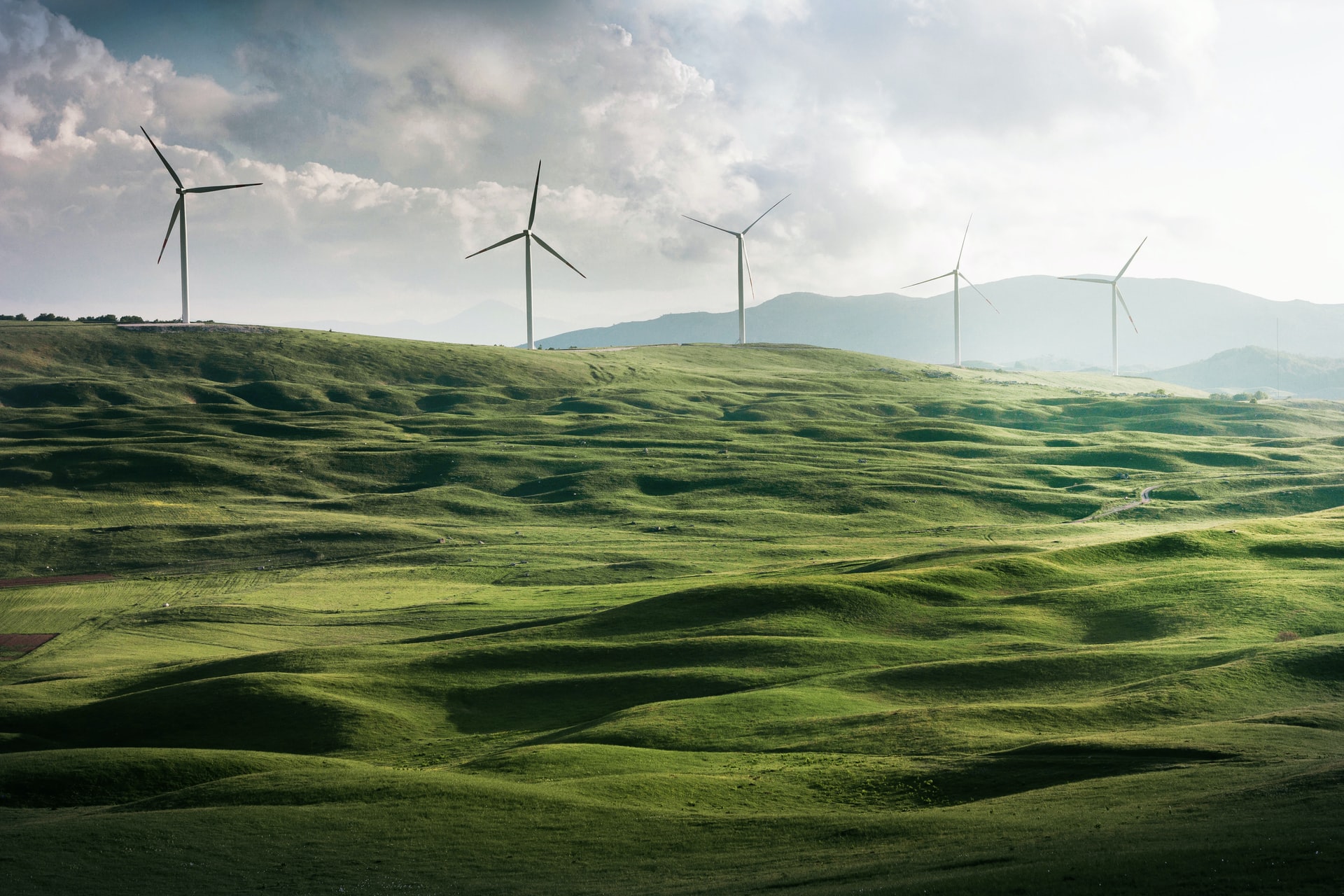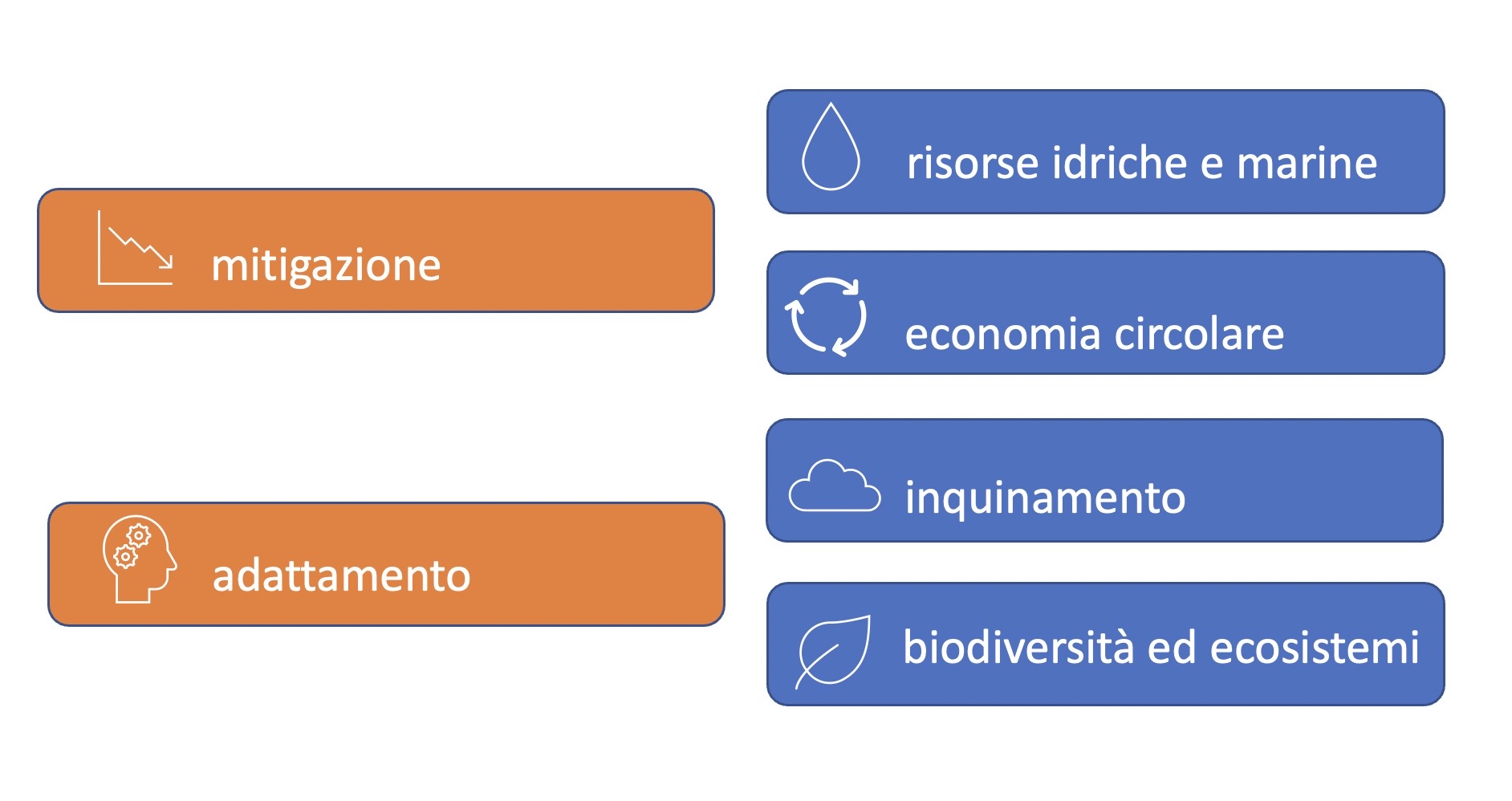From 1 January 2022, it will be known what is green and what is not

From 1 January 2022, the first delegated regulation of the European Commission on taxonomy comes into force. Enrico Martial's article
From January 1, 2022, the first delegated regulation of the European Commission on taxonomy enters into force, which concerns activities that "contribute substantially" to the mitigation or adaptation to climate change without causing significant damage to the other 4 environmental objectives on water, circular economy, pollution, biodiversity and ecosystems. Approved by the Commission on 21 April and then formalized after the translations on 4 June 2021, it is in implementation of the general regulation 852 of 2020 . It waited six months to allow Member States to raise possible objections, with a so-called blocking minority of 15 Member States not forming, allowing for its current entry into force.
A great light must be placed on this first delegated regulation, although the attention of observers focuses on two sectors excluded from its discussion, given the lack of consensus between the Member States, namely gas and nuclear power. For these, a Commission proposal was expected by the end of the year, but will wait until January. Agriculture is also for the time being postponed to a further delegated regulation.
Impact on businesses and products
The impact of this first delegated regulation on taxonomy is yet to be measured for observers, but something is already understood. Although they are only criteria for determining what is green and what is not, its application is vast. It does not only serve morally to avoid greenwashing (to make the 4-ton electric Hummers celebrated by Joe Biden go green in Europe as well?) Nor does it introduce constraints or sanctions to what is not and does not pretend to be green.
Rather, it will eventually affect public and private spending. To say, in every act, municipal or regional resolution, direct or delegated legislative act, decision of a Board of Directors, if we talk about green we will refer to the taxonomy. To be in the private sector only, there is an obligation to refer to the taxonomy from next January 1st for companies that already produce non-financial sustainability reporting (Directive NRFD 95/2014 and Legislative Decree 254/2016). Others seem to follow: on 21 April, the Commission with the Corporate Sustainability Reporting Directive (CSRD) proposed its extension to medium-sized companies with more than 250 employees and 50 million in turnover as well as to listed SMEs.

Will decisions and rules need to be adapted?
It will take a significant effort of study, of accountants, legal offices, engineers, businesses, local and regional authorities, ministries. An underestimation, which even seems to be taken for granted, would then lead to projects that cannot be financed, a subsequent search for quibbles and loopholes, costly revisions, executive delays: from the financing of the Termoli gigafactory, which certainly has the plants for the recycling of batteries as required by the taxonomy , new building constructions and renovations. Will the PNRR recover a cinema near Fermo in the Marche with what environmental criteria? Does the 110% bonus have the same criteria as the taxonomy or do you need to update them?
It must also be said that we are at the beginning and that there are 600 pages of technical annexes, two of which are relatively short, which can be easily browsed to understand: one on mitigation and one on adaptation to climate change.
From forestry to transport
There are nine sectors, which are in turn subdivided into other areas. There is already knowledge of economic activities and public policies: from forestry (dear to all Member States and especially to Sweden) including regeneration after extreme events (the 2018 Vaia storm in Trentino and the millions of crashed trees), '' hydrogen and storage, energy efficiency of buildings, energy-intensive production from cement to steel to chemicals, photovoltaics, wind, ocean, hydroelectric and geothermal energy, bioenergy, transmission and storage, white water and black (therefore a thousand municipal problems) and more. For transport there is everything: rail, goods and passengers, proximity or long distance, ports and airports, personal mobility, from bicycles to cycling, transport in inland waters, or maritime or coastal. example on the Ligurian-Nice Tyrrhenian coast. There is also information and data centers (as Minister Cingolani noted, even social networks are energy-hungry), research and professional services. In the “adaptation” part , other activities that need to build resilience are listed: health care (in the PNRR there are already some tools for hospitals), libraries, theaters, TV and cinema.
Does green building change criteria?
To have a measure of the theme in the construction sector only after 1 January 2022: new buildings will be considered "green" 10% more energy efficient than the best class (NZEB, in Italy A4), those renovated whose energy performance is improved by 30%, those in operation in transfer of ownership that are class A or that are part of the 15% of the building stock better in terms of consumption. So, will there perhaps be reflections on the Delegation to the Government in matters of construction being examined in the Senate ( AS 1679 ) or on the criteria of the 110% bonus in the PNRR? We will see.
This is a machine translation from Italian language of a post published on Start Magazine at the URL https://www.startmag.it/energia/dal-1-gennaio-2022-si-sapra-cosa-e-verde-e-cosa-non-lo-e/ on Sat, 01 Jan 2022 06:06:14 +0000.
